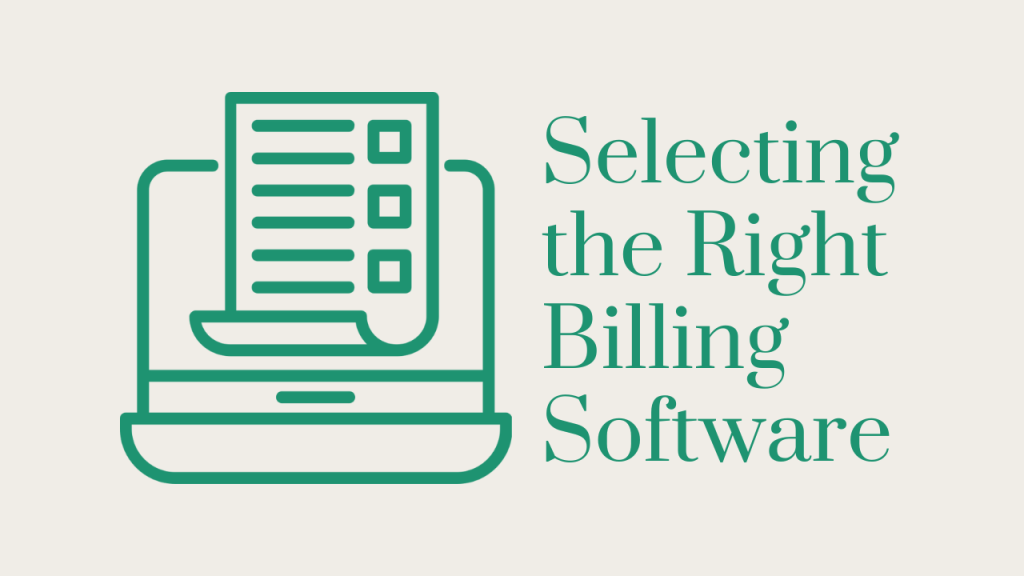Workplace Productivity Statistics and Trends Every Business Owner Should Know

Workplace productivity statistics have seen a dramatic shift in recent years. Technology-driven advances have created more opportunities for employees to work remotely and collaborate online. Companies no longer limit to desk-bound workers, as cloud computing has allowed for collaboration from any location. Automation has streamlined processes that used to require manual labor, making it easier for teams to work together more efficiently.
If you are like most business owners, you are always looking for ways to improve workplace productivity. Productivity is key to a successful business, and it has crucial to stay up to date statistics and trends. In this blog post, we will discuss the most important workplace productivity statistics and trends for business owners to know. We will also provide tips on how to improve productivity in your own workplace.
Low Engagemen Lower Productivity
Making it essential to find ways to keep employees engaged, motivated, and productive. According to a recent study by Gallup, only 21% of employees feel engaged at work. This means that 79% of employees are not as productive as they could be. Additionally, workers who can set their own schedules report much higher levels of job satisfaction and productivity.
The use of artificial intelligence (AI) is also on the rise in the workplace, with more businesses turning to AI solutions to streamline processes and improve efficiency. AI-driven automation can reduce mundane tasks that would otherwise require manual labor, freeing up employees for more creative work. Additionally, AI technology can use to analyze data and provide insights that would otherwise be too time-consuming or difficult to uncover manually.
Workplace communication is also a critical component of workplace productivity. A recent survey found that 43% of employees reported difficulties when it comes to collaborating with colleagues, as well as understanding feedback and instructions from managers. Tools such as chatbots and collaboration platforms can help to facilitate better communication between team members and reduce miscommunication.
Office Productivity is 4.8 Hours a Day
A study by the Zippa found that an average office worker is productive for less than five hours a day in US. While this may seem shocking, it is not too surprising considering the number of distractions and interruptions that occur in a typical workplace. The study also found that those who can focus on their work uninterrupted can be up to four times more productive.
Employees More Likely to Be Productive at Home
Recent studies have shown that employees are more productive when working from home. This can attribute to the fact that remote workers tend to have fewer distractions and more control over their environment, allowing them to focus on the task at hand without unnecessary interruptions. Additionally, remote workers report feeling a greater sense of job satisfaction and autonomy than those who work in office environments.
Average Employee Interruption Rate
Studies have found that the average employee interruption rate is three minutes, meaning that employees interrupt every three minutes. This can significantly impact productivity, as it takes an average of 23 minutes to re-engage with a task after interrupt. Employers should be aware of this and strive to create an environment where employees can stay focused on their tasks and not interrupt unnecessarily.
Employees Involved in Decisions are More Productive
When employees feel like they are part of a larger mission and have a say in big decisions, they tend to be more productive. Studies have found that employees who give more autonomy and opportunities to participate in decision-making processes tend to perform better. Additionally, when teams have a sense of purpose and direction, they are more likely to work together towards a common goal.
Allows Ownership
Organizations should also strive to create an environment where employees give ownership and autonomy. When employees feel like their contributions values and their work appreciates, they are more likely to be productive. Additionally, when employees give the freedom to take initiative and make decisions on their own, they are more likely to feel empowered and motivated.
Encourage Collaboration
Finally, employers should foster collaboration between teams and departments. When employees feel like they are part of a larger team that is working together towards a common goal, they are more likely to be productive. Additionally, having employees work together on projects can help to eliminate duplication of effort and make the team more efficient.
Workplace Productivity Drops in Summer
Studies have shown that workplace productivity drops during the summertime, with an average decline of 20%. This can attribute to factors, such as warmer temperatures, vacation days, and a general feeling of restlessness among employees. Employers should be aware of this decline in productivity and take steps to counteract it, such as offering flexible hours or incentives for the early completion of projects.
Feedback Encouragement
Finally, employee feedback is essential to ensure that employees are staying productive and motivated in the workplace. Seventy-five percent value the feedback but below 30% get valuable feedback about work.
The use of surveys and other feedback forms can help employers gauge how their workers are feeling about their job performance, and it can also provide valuable insights into ways to improve productivity in the workplace.
























































































